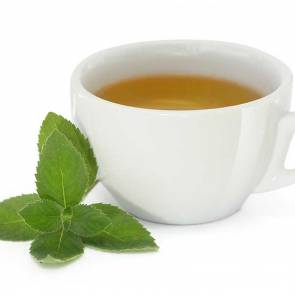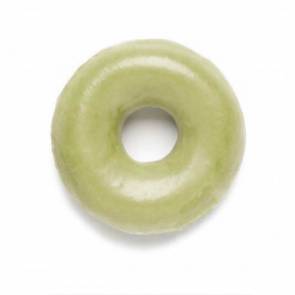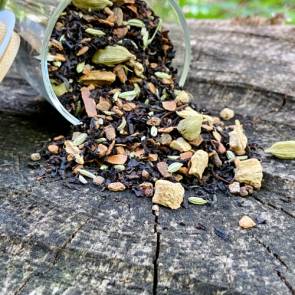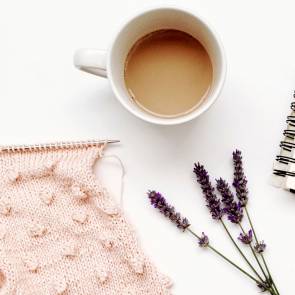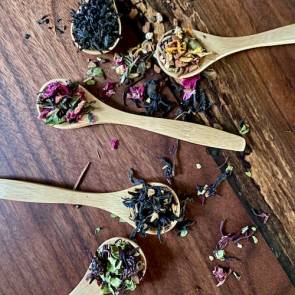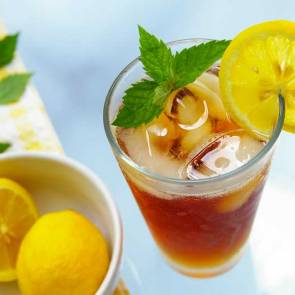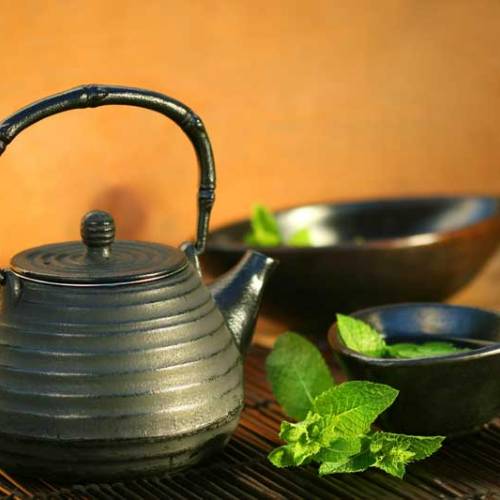
In our workshops we come across a lot of people who didn’t previously realize that steeping time and water temperature affect the taste of tea drastically. Just a difference of 15 seconds, or a temperature variance of as little as 2 degrees can make the difference between an exquisite cup of tea and an awfully bitter tea experience.
Green tea, White Tea, and Oolong Tea
Using boiling water to steep tea only works well for black teas and herbal ‘teas’. For green, white, and oolong teas, boiling water can burn the tea leaves and make the tea very bitter. Generally there is a range between 75C and 85C for green, white, and oolong teas (see our specific tea product pages for temperature guidelines), but of course most people do not have a thermometer ready to measure water temperature; instead, they will simply wait for the kettle to whistle, then pour water onto the leaves. Again, this is fine for black teas and herbal teas, but there are a few tricks you can use to make sure that your water is closer to the appropriate temperature for your tea.
Method 1: Letting your water cool after boiling.
One way to get your water down to the proper temperature range is to let it cool for about 5 to 6 minutes after boiling. So you would take your kettle off the stove, open the lid to let the steam escape, and let it cool down for 5 to 6 minutes. Then pour the water onto your tea leaves. This is not an exact method, but it is far better than pouring boiling water directly onto your green, white, or oolong teas.
Method 2: Pulling the kettle off before the water boils.
Although this method does work to make your tea taste better, there are problems associated with it. The oxygen content in water helps with the tea infusion process, and by boiling the water and then letting it cool, you are using water that has been slightly de-oxygenated through the boiling process. Ideally you would actually take the kettle off the stove before it boils, but without a thermometer it is difficult to tell when you remove the kettle. One trick would be to wait until you begin to see bubbles forming at the bottom of the kettle, before they start to rise to the surface. This is one indication that your water temperature is nearing the ideal range. By pulling the kettle off before the water boils, you are preventing excessive de-oxygenation of the water, and your tea will infuse and taste better.
Method 3: Ice cubes
Most of us only have one kettle which we use to heat water for tea. If you are able to acquire a thermometer, you can do an experiment which will allow you to easily get the right temperature of water without the use of a thermometer after this first time. Simply bring your water to a boil, place your thermometer into it (Make sure it is a thermometer which will be able to measure temperatures in excess of 100C, and please do not use a mercury thermometer), and start dropping ice cubes into the kettle, one at a time, letting them fully melt and stirring the water before adding the next ice cube. Figure out how many iced cubes you need to add to bring your water temperature down into the ideal range. Once you know this, you can use this method to quickly cool down your water into the ideal range without the need for a thermometer. This is an especially useful trick for cafes who need to quickly prepare green teas for their customers, but only have one source of hot water from their industrial coffee maker.
Steeping Time
Steeping time is the next important factor in making a good cup of tea. For green teas, the recommended steeping time usually does not exceed 2:30 min, and usually is best at no more than 2 min. Any longer than this and the tea begins to get bitter. Keep in mind that green teas are great for 2nd and 3rd infusions, so don’t throw out your tea leaves after the first infusion. Different flavors come out in each infusion, so try to take the time to enjoy full complexity of the flavor profile.
Keeping the temperature and steeping times low will help to coax out the best flavors from your green tea, so spend a little time to figure out the way that works best for you to control these variables, and you’ll never have a cup of bitter green tea again.
Have you come up with a creative and easy way to make green tea properly? Share your ideas with us below!


